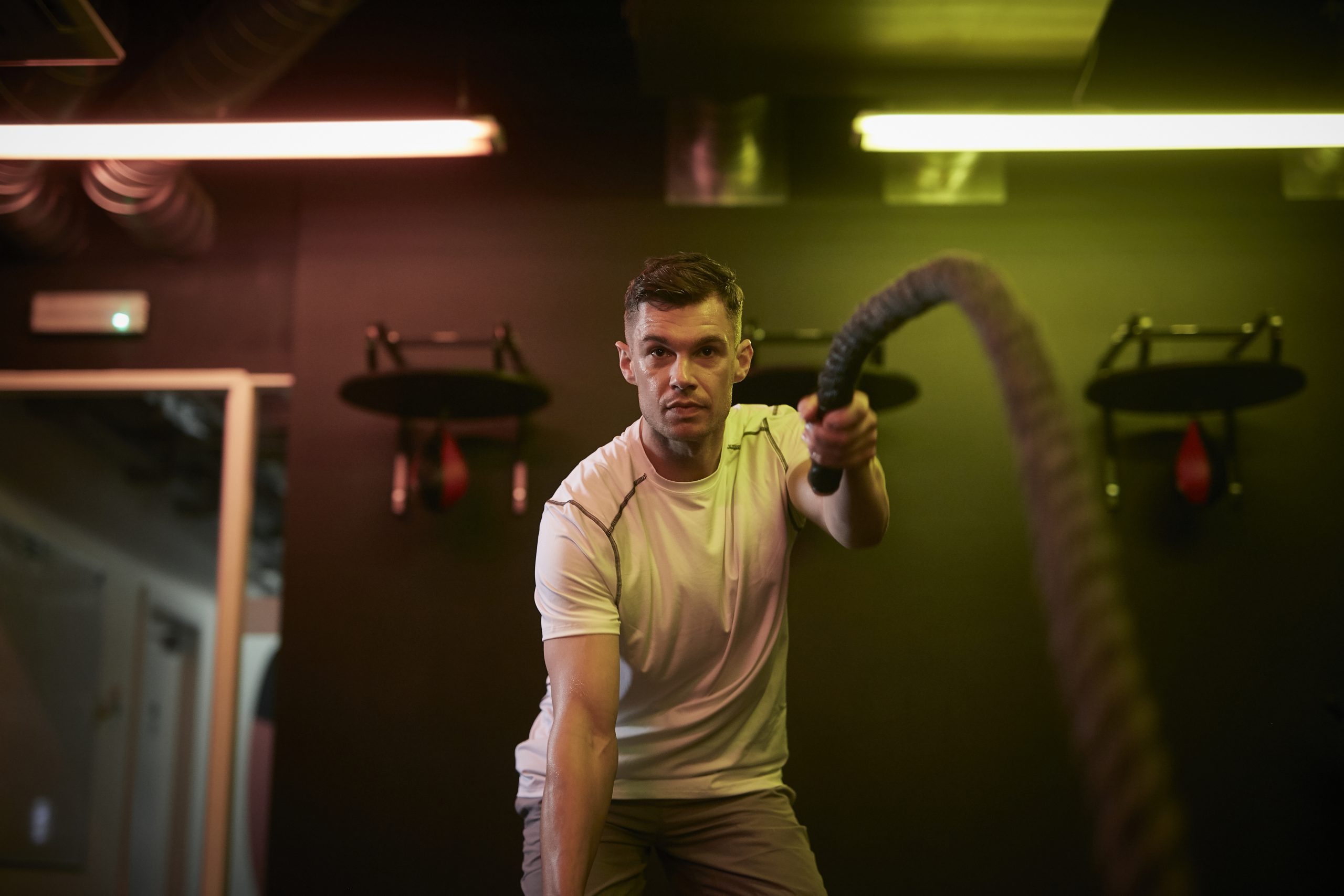Comparing High Intensity Vs Low Intensity Workouts
The opportunities at the gym are endless, from cardio to curls and circuits to cycling, most venues have a massive selection of equipment to get you underway with your fitness journey. High intensity vs low intensity workouts are another way at looking at the routines you pick however you may be asking what do they mean and which type should I choose? Let’s explore what’s good about both styles, so you can build the perfect fitness routine for your goals.
What are high intensity workouts?
You might think it’s a pretty obvious question: high intensity training is anything that feels, well, intense. Right? Not quite. High intensity workouts should be done at such a high intensity that you can’t sustain the effort for very long.
HIIT is a popular high intensity protocol. It stands for high intensity interval training, and those intervals are really important. By alternating periods of intense effort with periods of rest, you’ll be able to push the intensity higher than if you just powered through.
Think about it as the difference between a 5K run that feels tough, and 10 sets of 500m sprints. Which one would you be able to take to 9/10 effort?
What are low intensity workouts?
Low intensity workouts are a bit easier to categorise (probably because the tougher workouts get, the harder it is to be accurate about effort). Low intensity in terms of cardio training is anything you can sustain for a period of time without needing to take a break. This will be different for everyone, so a good benchmark is could you hold a conversation at the same time?
For most of us, low intensity workouts will include walking, gentle cycling, or a steady pace on the rowing machine.

5 key differences between high intensity vs low intensity workouts
1. Can you sustain it?
Most people can sustain low intensity exercise for an hour or more without needing a break. High intensity workouts need to be broken into intervals, and you probably won’t be able to do it for more than 20 minutes or so (unless we’ve got some elite marathon runners or pro CrossFit readers!)
2. Your heart rate
Your body will soon tell you whether you’re doing high or low intensity training. One of the first clues will be your heart rate. If your heart is beating a bit faster but still feels comfortable, your workout is low intensity. If you can really feel your heart beating harder and faster, you’re in the high intensity zone. Want to get specific? Calculate your maximum heart rate (or use an online calculator for an estimate) and aim for 80%-95% of your max on those high intensity intervals.
3. Your breathing rate
As you crank up the intensity, your respiration rate (the number of breaths you take a minute) will increase in line with your heart rate. Both things are a sign that your body is working hard to move blood and oxygen around your cardiovascular systems. If you can hold a conversation, it’s low intensity exercise. If you can’t speak – and you can’t wait to take a breather – your workout is definitely high intensity.
4. How much recovery you need
If you can recover quickly enough to do daily workouts, you’re working at low intensity. True high intensity training needs at least 48 hours recovery (unless you’re a semi pro athlete). On the flipside, you could do low intensity training every day if you wanted. It’s all down to how much time your central nervous system, muscles, and connective tissue need to recover.
5. What’s happening inside your body
There’s a lot going on inside your body when you work out. High intensity exercise is also called anaerobic, which means “without oxygen”. This means your body breaks down stored glucose in the muscles and organs without using oxygen. Low intensity workouts are aerobic, because the heart pumps oxygenated blood to working muscles.
The health benefits of high and low intensity training
Low intensity exercise benefits
The most obvious benefits of lower intensity exercise is that you can do it for longer, and you can probably do it more often. This could lead to better results, especially if you’re new to exercise.
Low intensity exercise is fantastic for your heart health, potentially warding off health issues including stroke and heart disease. And if you choose a low intensity workout you enjoy, it can be great for your mental wellbeing too. What could be better than heading off into nature for an hour or so?
High intensity exercise benefits
High intensity exercise brings about more radical changes in your body, from hormones to fat metabolism. But you need to balance this with the need for extra recovery. You simply can’t do high intensity workouts every day for weeks on end. You’ll need days off, and de-load weeks throughout the year.
Most high intensity exercise requires you to put more force through your body – whether that’s using weights, functional fitness kit, or your own body weight during sprints. This means you’ll build more muscle than during low intensity workouts.
High intensity exercise technically uses more fat for fuel than low intensity workouts, but the fact that you can do low intensity more often might balance it all out in the end.
What are the best high intensity exercises to do?
Functional fitness circuits
CrossFit WODs
Barbell finishers
Flat sprits or hill reps
Interval training on cardio kit
Swimming intervals
Jump rope
Tabata training
What are the best low intensity workouts you can do
Walking or hiking
Gentle bike riding
Steady paced swimming
Kayaking or paddle boarding
Gym cardio kit at a steady pace
How much high and low intensity training should you do?
The ultimate question is what’s the best blend of high and low intensity exercise? The answer depends on a few variables – what’s your goal, what kind of workout do you enjoy, and what level of fitness are you at?
For most of you, a mix of the two is perfect. Aim to do a total of 30-60 minutes of low intensity exercise a day (but don’t forget, this could include general walking) with 15-20 minutes of high intensity exercise 2-3 times a week. On those days, you could reduce your low intensity exercise to the bare minimum. For example, walk 10 minutes to the gym, do your HIIT, and walk home.
This mix of high and low intensity workouts will do wonders for your fitness levels, body shape, heart health, and motivation levels!
Find your new favourite local gym by searching Hussle’s network of 1000s of gyms, leisure centres, pools, spas and exercise classes. Where will you go next?




